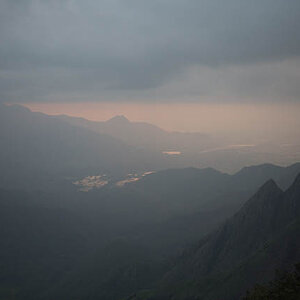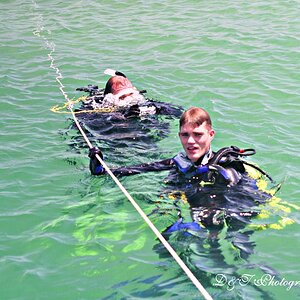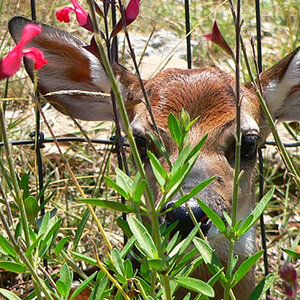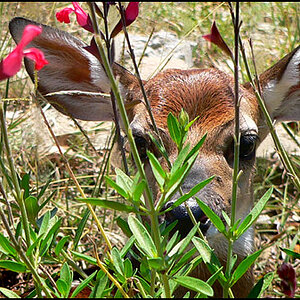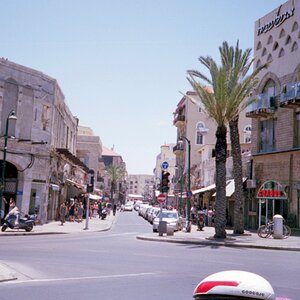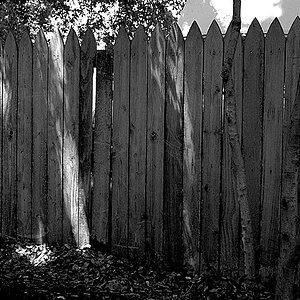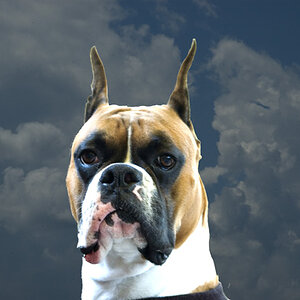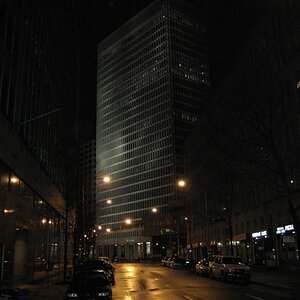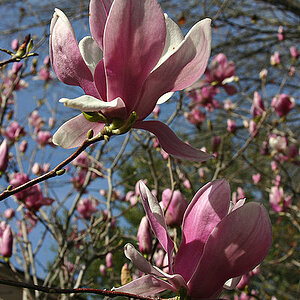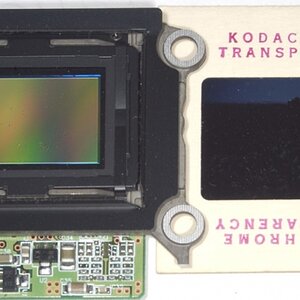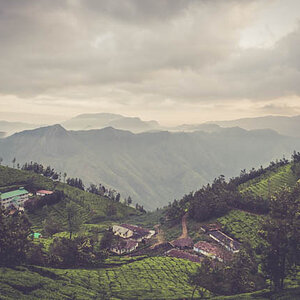beadgirl87
TPF Noob!
Hello everyone,
I have recently started out using a film camera. I have a Canon AE - 1 program with a 50mm lens and have been practising with it.
I have been using the camera by adjusting the shutter speed and focusing at the moment. I have read up about f stops and apertures but need to apply the knowledge to get my head around the concept.
Can anyone reccommed any excercises to do to see and compare the effect of a range of f stops?
Also I have found that not all of my photos are completly in focus. I am thinking this is just due to my lack of experince and not being used to manually focusing a camera?
I am going on holiday next week, so hoping to have lots of opportunities to try it out.
So far, I am enjoying film photography. I thought it would be best to go back to basics and learn using film rather than digital.
Also enjoying the camera itself
Any suggestions or help greatly appreciated.
I have recently started out using a film camera. I have a Canon AE - 1 program with a 50mm lens and have been practising with it.
I have been using the camera by adjusting the shutter speed and focusing at the moment. I have read up about f stops and apertures but need to apply the knowledge to get my head around the concept.
Can anyone reccommed any excercises to do to see and compare the effect of a range of f stops?
Also I have found that not all of my photos are completly in focus. I am thinking this is just due to my lack of experince and not being used to manually focusing a camera?
I am going on holiday next week, so hoping to have lots of opportunities to try it out.
So far, I am enjoying film photography. I thought it would be best to go back to basics and learn using film rather than digital.
Also enjoying the camera itself
Any suggestions or help greatly appreciated.


